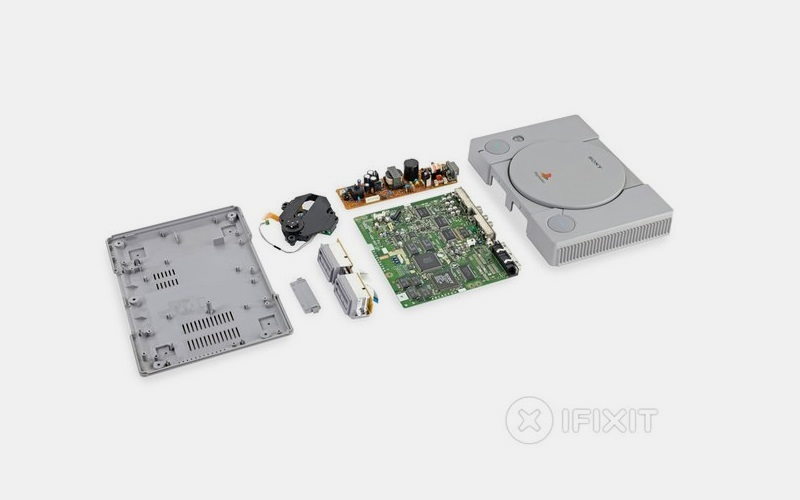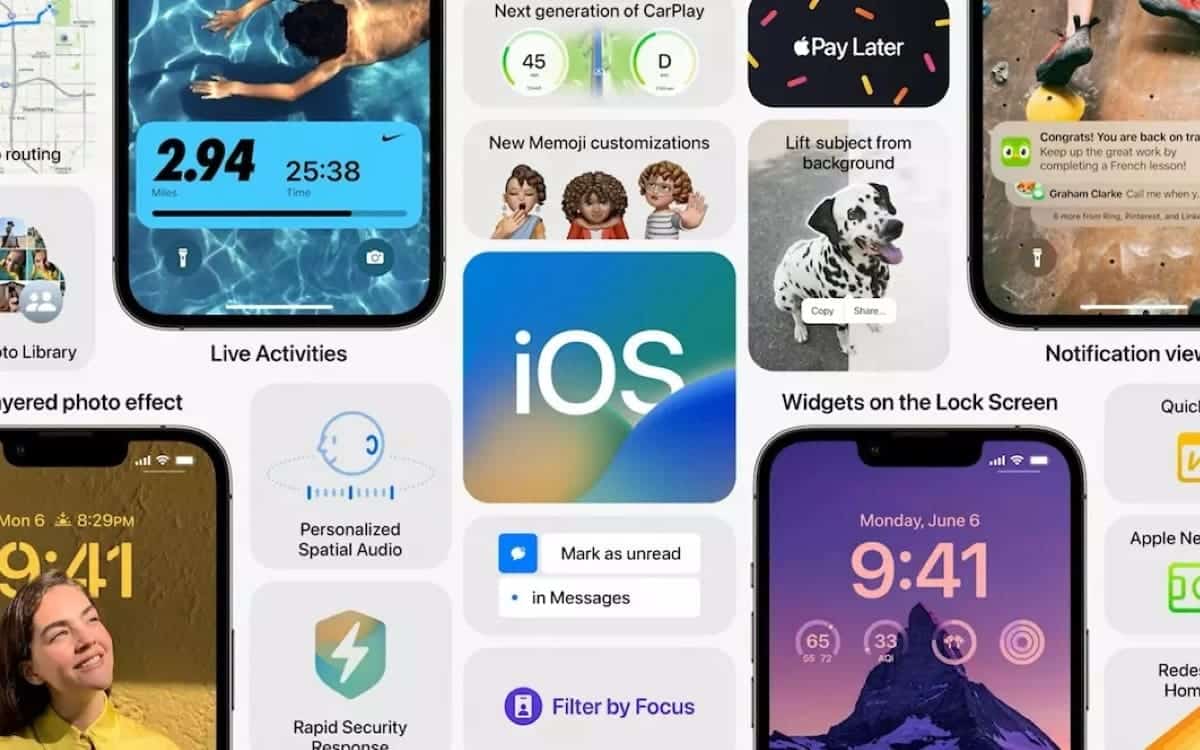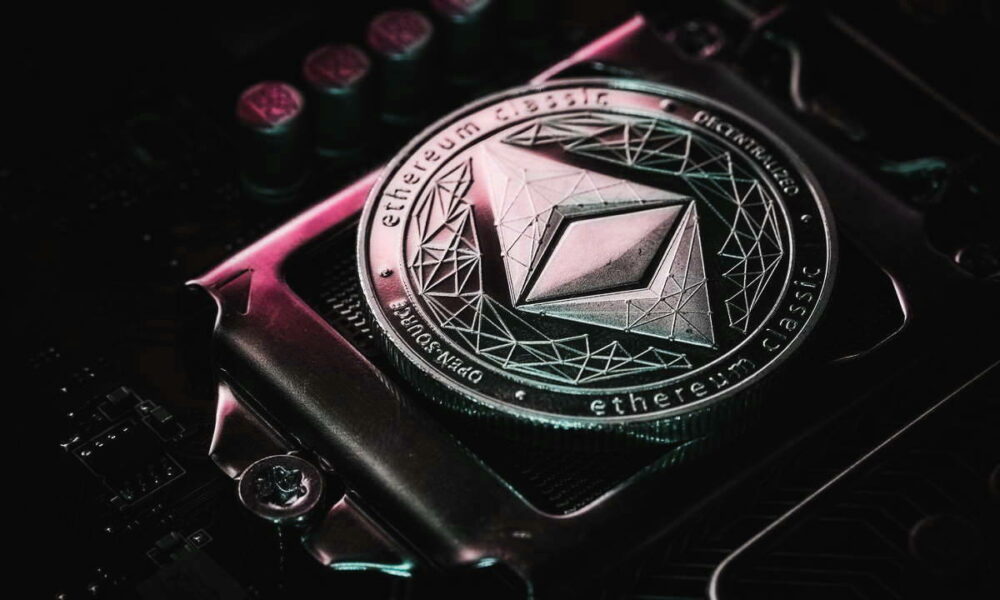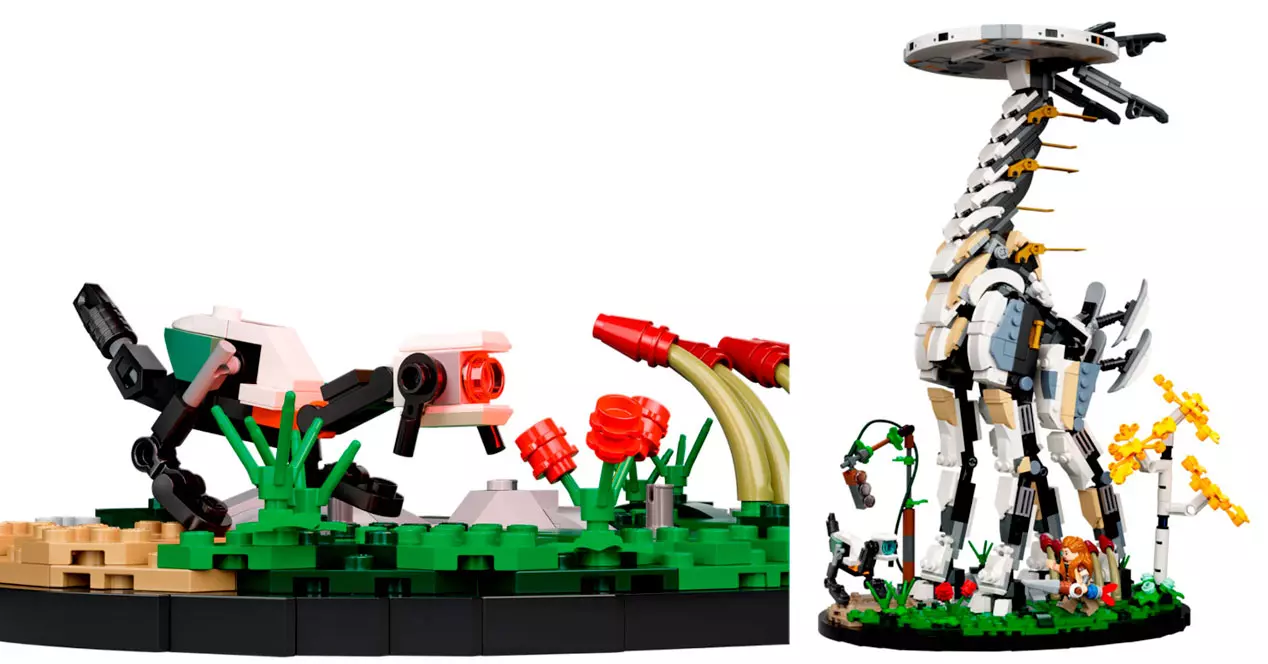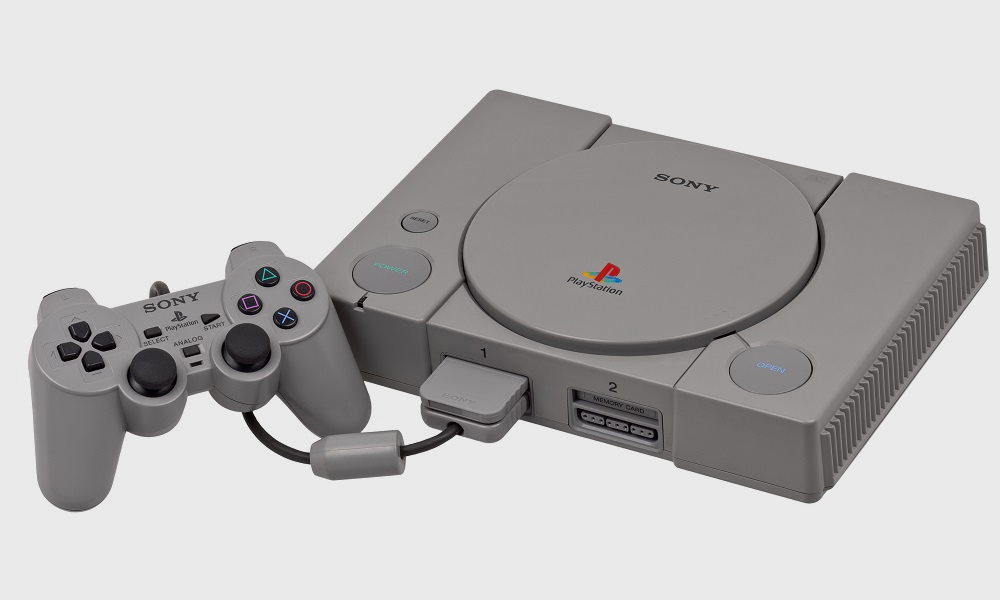
On December 3, PlayStation, Sony’s first game console, turned 27 years old. Its launch took place in Japan in 1994. It would not arrive in Europe until September 29, 1995, although I remember perfectly that in certain stores of the time, which offered mail order sales, it was possible to buy it imported for a few 115,000 pesetas, a figure that, at the change, would be 691 euros, approximately. Keep in mind that this figure is not updated with current inflation.
PlayStation had generated a lot of expectation, especially since the console was presented as a “David” who came to challenge the two great “Goliaths” of the time, SEGA and Nintendo. It’s funny because, in the end, the first PlayStation was fruit of a failed alliance between Sony the Big N. Both reached an agreement to develop a response to the SEGA Mega CD, but things did not work and in the end the CD unit for Super Nintendo was left in a discarded prototype.
In order not to waste the resources and money invested, Sony decided to go ahead with that project, but approached it as its own console and independent, and the rest is history. Nobody would have bet on it, but PlayStation won one of the most important wars in the history of video consoles, the 32-bit wars, placed Sony as one of the new giants in the sector, and paved the way for PS2, a console that It ended up becoming the best-seller in all of history.
As a tribute, we are going to do a bit of historical memory in this article, where we will tell you, in summary, the most important details of that epic combat that took place between PlayStation, Saturn and Nintendo 64 in the mid-nineties.
How did PlayStation win the 32-bit war?
It is one of the most important questions that many people still ask themselves. The explanation is, deep down, simpler than it seems. For one thing, Sony nailed the PlayStation hardware architecture. This console used a 32-bit RISC R3000A processor at 33.86 MHz, and integrated both the geometric transfer engine (it dealt with 3D) and the data decompression engine. A very versatile and quite powerful chip as well, since it reached 30 MIPs.
Its 3D processing capacity was 360,000 flat shaded polygons per second, and it could reach 180,000 flat polygons per second. The graphics chip could work with up to 16.7 million colors, it allowed to use resolutions of between 256 x 224 and 640 x 480 pixels, it was capable of handling up to 4,000 8 x 8 pixel sprites and took care of all the 2D workload. Onboard RAM was 2MB, while video memory was 1MB. They were impressive numbers for a time when 3D games were becoming a true object of desire.
That architecture was powerful enough to offer a good (for the time) 3D gaming experience, and it also started from a simple approach that made it easy for developers to take advantage of it. In return, SEGA opted more for 2D with Saturn, and when it saw the PlayStation it had no choice but to introduce a second processor in its console to try to reduce the gap between the two at the power level in 3D. It was a mistake, since this introduced a huge complication when programming, and it made that the real power of this console was not used in most of the developments of the time.
The PlayStation architecture got along better with 3D, and it was easier to program for it. Without the support of the second chip, Saturn did not show key effects in games, such as transparencies, and therefore cross-platform titles, which they only used one of the two RISC Hitachi SH1 chips in the console, they looked worse than the PlayStation ones, which generated the idea that said console was inferior, when really that was not true.
On the other hand, Sony had the temporary advantage of the delay of the Nintendo 64, and was able to establish a series of key agreements with the big studios of the moment to fill PlayStation with exclusive first-rate games that, in fact, opened some of the best franchises in history. Together, these were the keys that made PlayStation become the winner of 32 bits, and that this brand could begin to make its way to become what it is today.
